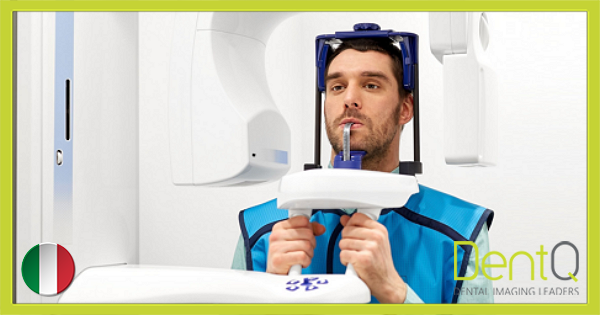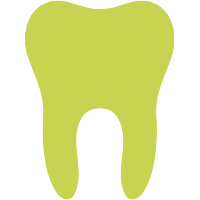We often wonder about the real effectiveness of radiation protection devices in the radiological field, and more specifically in dentistry. It is not at all easy to provide an unambiguous and concrete answer to this, without delving deep into the issue of the risks and benefits brought about by the use of the aforementioned tools.
The most commonly used protection devices in the dental field today are:
Aprons
Thyroid collars (anti-x)
Functions and Effectiveness
The goal is to reduce the incidence of exposure in the most radiosensitive regions, in order to protect from genetic and carcinogenic effects, etc. The use of these systems, also called PPE (Personal Protective Equipment), has become part of the routine and has a dual function:
- Psychological, as in patients feeling “more protected” with the use of such precautions.
- Prudential, due to the fear of people that exposure of the gonads, specifically in pregnant women, could affect the genetic heritage of the yet unborn child.
All this is accompanied by the fact that: “Even minimum doses, such as those of exposure in the dental field, specifically the so-called “Stochastic Radiations”, do not appear to have a threshold value below which they do not occur. ”
The increasingly frequent use of these systems evolves and becomes unanimous also for practices in which the actual presence of shielding represents nothing but an effective impediment in the correct execution of the radiological practice (OPG, CBCT). Jurisprudence on the subject is quite recent, and in fact, it was only from 2019 onwards that a real “Cultural Revolution” began taking place – a profound evaluation on the matter which, after questioning of the many bodies in charge, has brought on a peremptory answer.
Discussion of the risk/benefit ratio and current regulations
In its 2019 report on the use of anti-x personal protective equipment for patients undergoing radiological examinations, the American Association of Medical Physics (AAPM), touted by the North American Societies of Radiology (ACR and RSNA) as well as by AIFM, SIRM and FASTeR, states that:
“The use of X-ray personal protective equipment designed to shield a patient’s fetus and gonads during the X-ray radiological investigation, must be discontinued as a routine practice as it may compromise benefits”
In the same year, the Report #177 – Radiation Protection in Dentistry and Oral & Maxillofacial Imaging (Supersedes Report No. 145) was published, stating that:
“In dental surgeries, radiological equipment is not always adequate for modern technology, nor are operating procedures always optimized”, together with the fact that the patient may request its use, making it possible to justify, as a prudential practice, the prescription of a shielded apron, complete with the collar for intraoral exams and that with anterior-posterior protection for panoramic and CBCT exams.
Current legislation
However, in 2021, a re-evaluation of the “European Consensus on Patient Contact Shielding” is published, the indications of which complement and exceed the previous ones. The motivations for this historic change in patient management can be summed up in the following simple directives:
Under no circumstances should the use of PPE bring a risk
- Of covering, even partially, the anatomical area under investigation;
- Of leading to repetition of the exam;
- Of leading to an increase in patient exposure.
Conclusions
The best level of protection for the patient can be obtained through execution of the exam with an optimized radiological technique, providing for accurate collimation of the field and setting of voltage parameters suitable for the type of examination to be performed. Today, consensus is unanimous on the fact that plenty of attention should be paid towards optimization of the exam, staff preparation and use of machinery to be properly tested through periodic checks.
Concerning radiation protection, DentQ faithfully adheres to current regulations and does so through continuous study and highly qualified personnel, trying to answer any type of clinical question with adequate and specific indications drawn up on request by the specialist, in order to reduce unnecessary overexposure for the patient, while maintaining an optimal compromise between the quality of the service and the risk/benefit ratio.
Sources:
Dr. PALERMA Claudio: Risks of Ionizing Radiation Exposure
https://www.odontoiatria33.it/approfondimenti/22635/l-uso-dei-dispositivi-di-protezione-a-contatto-in-radiologia-odontoiatrica-nella-maggior-parte-dei-casi-non-e-necessario.html
RADIATION PROTECTION IN DENTISTRY: Advanced diagnostics and radiation protection regulations.
Elaborated by Dr. Enrico Cammarella – Lead Radiographer, DentQ Italy















